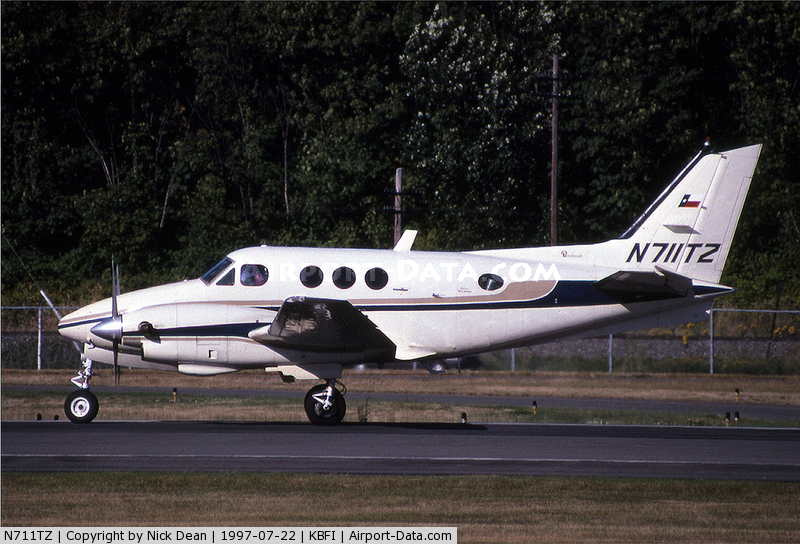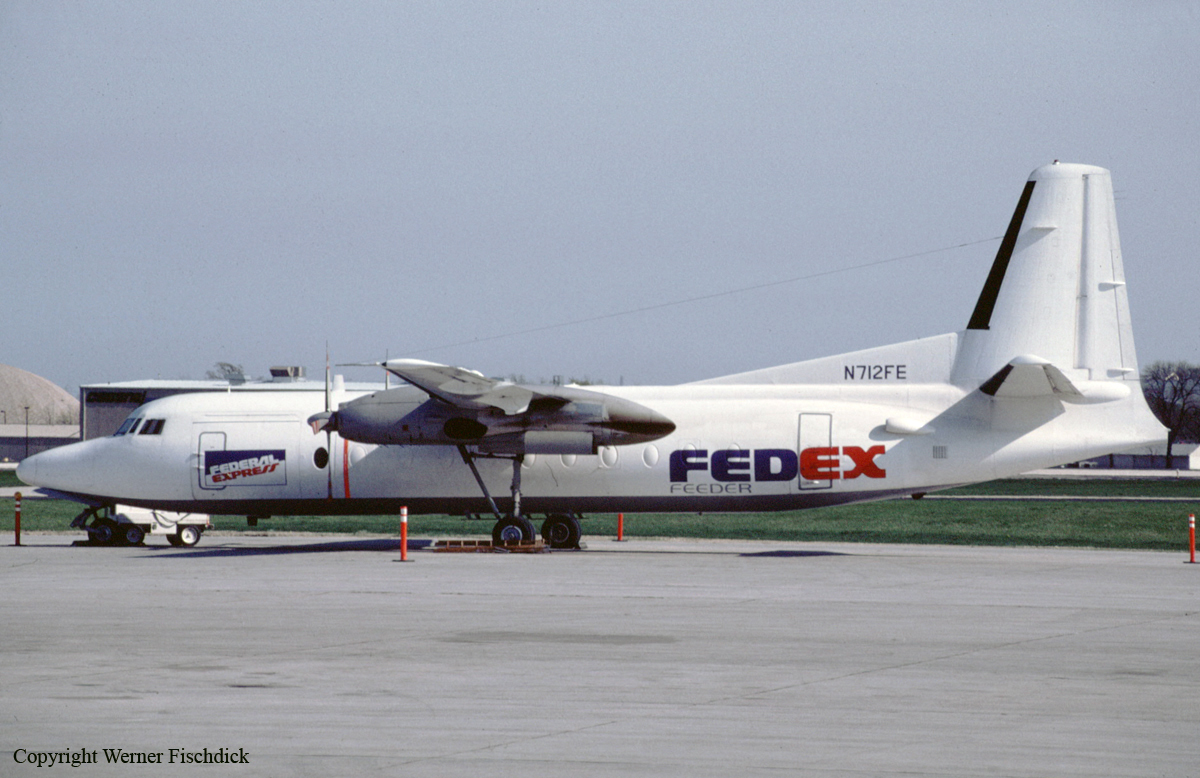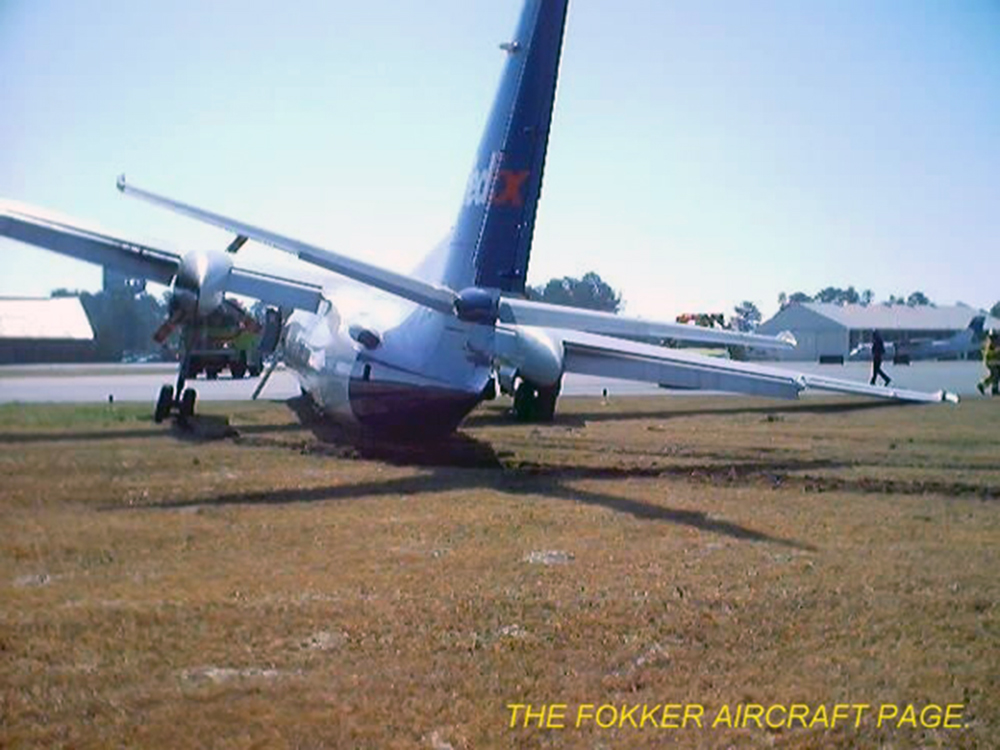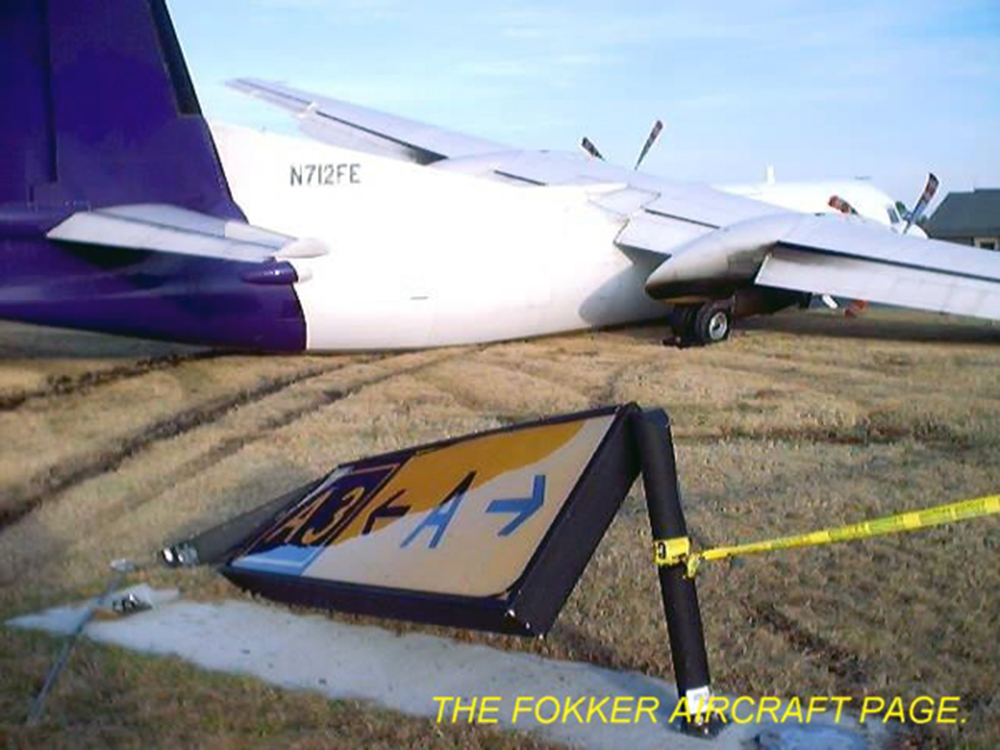Region
code
USA
Crash of a Beechcraft B60 Duke in Bradford
Date & Time:
Mar 31, 2003 at 1312 LT
Registration:
N215CQ
Survivors:
Yes
Schedule:
Islip - Gary
MSN:
P-458
YOM:
1978
Crew on board:
1
Crew fatalities:
Pax on board:
0
Pax fatalities:
Other fatalities:
Total fatalities:
0
Captain / Total hours on type:
1318.00
Aircraft flight hours:
517
Circumstances:
The pilot first reported that the engine oil temperature had dropped below what he normally observed while en route. When he tired to exercise the left propeller control, and then later tried to feather the left engine, he was unable to change the engine rpm. He then heard a pop from the right engine, and advised air traffic control (ATC), he needed to perform a landing at Bradford. He also reported a double power loss. While being radar vectored for the ILS runway 32 approach, he told ATC he was getting some power back. He was radar vectored inside of the outer marker, and broke out mid-field and high. At the departure end of the runway, he executed a right turn and during the turn, the airplane descended into trees, and a post crash fire destroyed it. A witness reported he heard backfiring when the airplane over flew the runway. When the airplane was examined, the landing gear was found down, and the wing flaps were extended 15 degrees. Neither propeller was feathered. Both engines were test run and performed satisfactorily. The left engine fuel servo was used on the right engine due to impact damage on the right engine fuel servo. The right fuel servo was examined and found to run rich. However, no problems were found that would explain a power loss, prevent the engine from running, or explain the backfiring heard by a witness. Both propellers were examined and found to be satisfactory, with an indication of more power on the left propeller than on the right propeller. The weather observation taken at 1253 included a ceiling of 1,100 feet broken, visibility 1 mile, light snow and mist. The weather observation taken at 1310 included a ceiling of 900 feet broken, visibility 3/4 mile, and light snow and mist. According to the pilot's handbook, the airplane could maintain altitude or climb on one engine, but it required the propeller to be feathered, and the landing gear and wing flaps retracted.
Probable cause:
The pilot's improper decision to maneuver for a landing in a configuration that exceeded the capability of the airplane to maintain altitude, after he lost power on one engine for undetermined reason(s).
Final Report:
Crash of a Rockwell Grand Commander 690B in Homerville: 2 killed
Date & Time:
Mar 27, 2003 at 0113 LT
Registration:
N53LG
Survivors:
No
Schedule:
Mount Pleasant – Titusville
MSN:
690-11523
YOM:
1979
Crew on board:
1
Crew fatalities:
Pax on board:
1
Pax fatalities:
Other fatalities:
Total fatalities:
2
Captain / Total hours on type:
47.00
Aircraft flight hours:
6317
Circumstances:
The flight was in cruise flight at 27,000 feet when the airplane encountered unforecasted severe turbulence. The pilot made a "mayday" on the airplane radio to Jacksonville Center. Within several seconds the airplane accelerated from 175 knots through 300 knots ground speed and descended from 27,000 feet to 16,500 feet. The airplane disappeared from radar coverage and was located by Sheriff Department personnel 15 miles north of Homerville, Georgia, in a swampy area. Airframe components recovered from the accident site were submitted to the NTSB Materials laboratory for examination. The examinations revealed all failures were due to overload. Examination of the airframe revealed that the airframe design limits were exceeded. The pilot did not obtain a weather briefing before the flight departed.
Probable cause:
An in-flight encounter with unforecasted severe turbulence in cruise flight resulting in the design limits of the airplane being exceeded due to an overload failure of the airframe, and collision with a swampy area.
Final Report:
Crash of a Beechcraft E90 King Air in Kremmling
Date & Time:
Mar 19, 2003 at 1930 LT
Registration:
N711TZ
Survivors:
Yes
Schedule:
Grand Junction – Kremmling
MSN:
LW-226
YOM:
1977
Crew on board:
1
Crew fatalities:
Pax on board:
2
Pax fatalities:
Other fatalities:
Total fatalities:
0
Captain / Total hours on type:
212.00
Aircraft flight hours:
8040
Circumstances:
The pilot reported that he maneuvered for a left hand downwind leg for landing from the east to west. The pilot set up his downwind leg at 8,400 feet mean sea level putting him at what would have been 1,000 feet above the airport elevation of 7,411 feet. The pilot reported it was very dark and he could see the airport, but could not see the terrain. The pilot reported that suddenly he saw the ground. The airplane impacted the terrain and came to rest. The pilot reported that the airplane was experiencing no malfunctions prior to the accident. The airplane accident site was on the snow-covered edge of a mountain ridge at an elevation of 8,489 feet. An examination of the airplane's systems revealed no anomalies. Published terminal procedures for the runway indicated high terrain of 8,739 feet south-southeast of the airport. The published airport diagram for the airport directs right traffic for the pattern to runway 27.
Probable cause:
The pilot's improper in-flight planning and his failure to maintain safe clearance from the high terrain. Factors contributing to the accident were the high terrain and the dark night.
Final Report:

Crash of a Cessna 501 Citation I/SP near Carey: 3 killed
Date & Time:
Mar 15, 2003 at 1425 LT
Registration:
N70FJ
Survivors:
No
Schedule:
Salt Lake City – Sun Valley
MSN:
501-0073
YOM:
1978
Crew on board:
1
Crew fatalities:
Pax on board:
2
Pax fatalities:
Other fatalities:
Total fatalities:
3
Captain / Total hours on type:
1382.00
Aircraft flight hours:
7120
Circumstances:
At 1407:11 the flight was cleared from Flight Level (FL) 240 to descend and maintain FL190. At 1409:08 the controller cleared the flight to descend and maintain 15,000 feet, and at 1409:17 the pilot read back the clearance in its entirety. At 1410:20 the controller instructed the pilot to expedite his descent through 16,000 feet for traffic; however, there was no response. From 1410:33 to 1417:21 the controller made ten attempts to contact the pilot; again, there was no response. At 1417:26 the controller requested the pilot to ident if he could still hear him. At 1417:38 the controller received an ident from the aircraft and instructed the pilot to descend and maintain 15,000 feet. At 1418:36 the controller cleared the aircraft for the GPS approach and to acknowledge with an ident. There was no response. The aircraft had impacted a rocky drainage trench near the base of rock outcropping on a magnetic heading of 200 degrees in a wings level, approximately 40-degree nose down attitude, 15 nautical miles east-southeast of the destination airport at an elevation of 5,630 feet mean sea level. An examination of the aircraft's flight control, pressurization, and electrical systems revealed no anomalies with these systems which would have precluded normal operations. A further examination of the thermal damage to the aircraft, determined that there was no evidence of an inflight fire. Both engines underwent a complete teardown examination revealing no evidence of catastrophic or pre accident failure, and that both engines were functioning at the time of impact. Radar data revealed the aircraft was in level flight at FL 190 for more than 4 minutes, when it had previously been cleared to 15,000 feet. It subsequently began a climb reaching an altitude of 20,300 feet before beginning a right descending turn followed by a left descending turn. The last radar return before radar contact was lost indicated the aircraft was at 15,900 feet and descending. No evidence was available that suggests icing greater than light rime icing was present in the area and that weather was unlikely to have been a factor in the accident. The pilot was on two medications for high blood pressure and one for high cholesterol. The pilot had recently been found to have an elevated blood sugar, suggesting early diabetes or some other systemic disease or injury. The pilot had a family history of heart disease and high blood pressure, and had at least one episode of chest tightness in the past. It is possible that he had some unrecognized heart disease. The circumstances of the accident suggest substantial impairment or incapacitation of the pilot. It is possible that the pilot experienced an event such as a stroke or heart attack related to his previous medical conditions or as a new occurrence. It is also possible that he became hypoxic as a result of a decompression event without using supplemental oxygen. There is insufficient information to conclude any specific cause for the pilot's impairment or incapacitation
Probable cause:
Pilot incapacitation for unknown reasons.
Final Report:

Crash of a Grumman C-2A Greyhound at Cherry Point MCAS
Date & Time:
Mar 12, 2003
Registration:
162153
Survivors:
Yes
MSN:
33
Crew on board:
0
Crew fatalities:
Pax on board:
0
Pax fatalities:
Other fatalities:
Total fatalities:
0
Circumstances:
After landing at Cherry Point MCAS, the aircraft went out of control, lost its undercarriage and both wings and came to rest, bursting into flames. There were no casualties.
Crash of a Fokker F27 Friendship 500RF in Kinston
Date & Time:
Mar 8, 2003 at 1027 LT
Registration:
N712FE
Survivors:
Yes
Schedule:
Greensboro - New Bern
MSN:
10613
YOM:
1981
Crew on board:
2
Crew fatalities:
Pax on board:
0
Pax fatalities:
Other fatalities:
Total fatalities:
0
Captain / Total hours on type:
1450.00
Copilot / Total hours on type:
955
Aircraft flight hours:
26665
Aircraft flight cycles:
28285
Circumstances:
According to the pilot, an unsafe right gear indication was received during the approach, and the control tower controller confirmed the right gear was not fully extended. On landing roll the right main landing gear collapsed and the airplane slid off of the runway. Examination of the right main landing gear revealed the drag brace was fractured. The fracture was located at the lower side of a transition from a smaller internal diameter on the upper piece to a larger internal diameter on the lower piece. The region of the fracture surface was flat and perpendicular to the tube longitudinal axis. The region had a smooth, curving boundary, also consistent with fatigue. The fatigue features emanated from multiple origins at the inner surface of the tube. The Federal Aviation Administration (FAA) issued an Airworthiness Directive (AD) requiring an inspections of main landing gear drag stay units. The AD was prompted by the fracture of a drag stay tube from fatigue cracking that initiated from an improperly machined transition radius at the inner surface of the tube. According to Fokker ,the Fokker F27 Mark 500 airplanes (such as the incident airplane) were not equipped with drag stay units having part number 200261001, 200485001, or 200684001. One tube, part number 200259300, had a change in internal diameter (stepped bore), and the other tube, part number 200485300, had a straight internal bore. AD 97-04-08 required an ultrasonic inspection to determine if the installed tube had a straight or stepped bore. A review of maintenance records revealed that the failed drag stay tube had accumulated 28, 285 total cycles.
Probable cause:
The fatigue failure of the main drag stay tube. A factor is no inspection procedure required.
Final Report:










